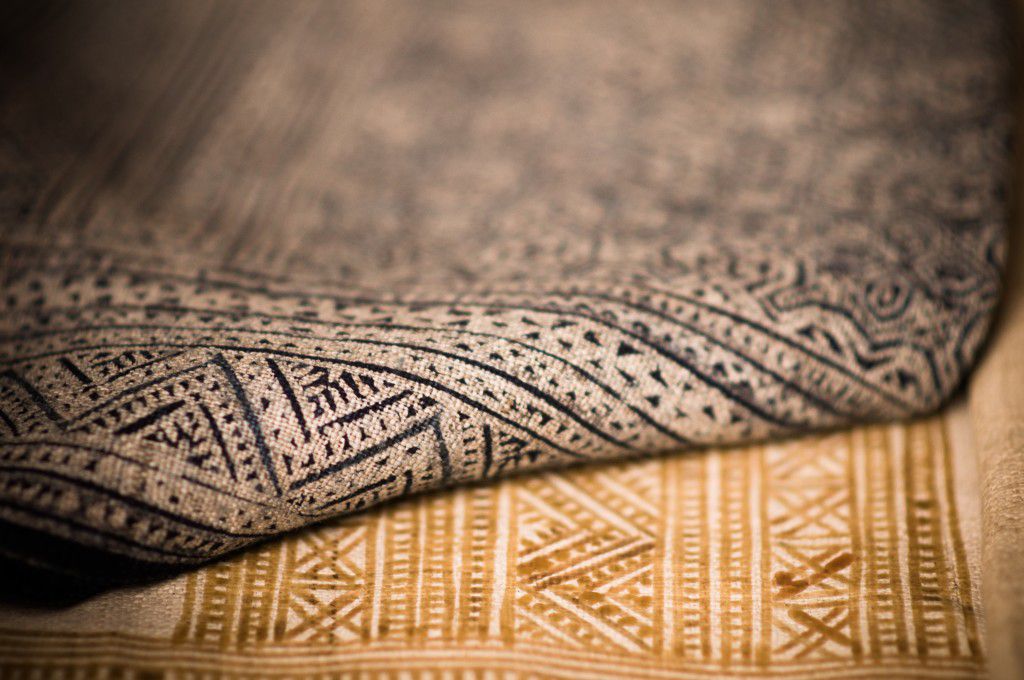A Health Issue
Mold of any kind is bad news for a number of reasons. For starters, it can irreversibly damage your carpets if not prevented and left untreated. But the biggest issue is the threat it poses to your health: inhaling mold spores can cause allergic reactions, irritate the respiratory system and cause severe attacks in people suffering from asthma. Luckily, there are some common sense methods you can employ to reduce the risk of mold developing in carpeted areas.
Rethinking Home Carpeting
While carpets and rugs can definitely add a certain comfortable feel to a home, it’s best to plan ahead on where you want them installed. If you want to prevent mold from ever settling inside your comfy home, make sure you don’t install carpets in areas where moisture can be an issue down the line. Basements, for example, are to be avoided entirely if possible as a place for carpets and rugs. The moisture, along with significant temperature changes can cause condensation and increase the likelihood of mold settling in. If you do need carpeting in these areas, make sure you use high quality rubber-slab carpet padding with antibacterial properties. Areas like the bathroom are better off equipped with water-resistant flooring like concrete, tile or vinyl.
Dehumidifiers and Standing Water
For indoor spaces where carpets and rugs have been installed, make sure that humidity levels don’t exceed 60%. As long as you keep humidity between 30% and 60%, mold spores will have a hard time settling into those quarters. A dehumidifier can be effectively employed to achieve that range and keep humidity levels down. If you don’t have access to one or can’t afford one, make sure you air the space out regularly by opening a window. If no windows are available, like in the case of basements, simply putting a fan pointed towards a door and leaving it on for a while should do the trick as well.
Next up, you’ll need to look at the areas in your house where water come into contact with carpeting or rugs. Make sure you clean the area properly and allow it to completely dry out before installing carpets there. In case of high amounts of standing water in carpeted areas, your best bet would be to completely replace the carpets or rugs affected – so it’s important to check plumbing systems and fix leaks as soon as they are detected.
Cleaning Methods
Of course, the best prevention method for mold getting on rugs and carpets is proper cleaning done regularly. Dry cleaning for carpets is recommend if the materials allow for it, as it not only destroys mold spores fixed inside the carpet, but also leaves the area dry so it can be installed right away without any risks of infestation.
For carpets already affected by moisture, you can use baking soda or talc-free baby powder to soak it all up before vacuuming. Household substances like vinegar are not only safe for kids and pets, but they destroy most types of mold and can ease smells associated with mildew on carpeted areas. After any type of carpet cleaning done which uses water, make sure you leave the carpet to dry out thoroughly. A good way of ensuring the carpet is dry and ready to be safely installed back into the home is to leave it outside in the sun for a couple of days. The heat and lack of moisture will destroy most types of mold spores present.
Preventing mold on rugs and carpets is a key factor in making sure you live in a healthy environment, and that expenses tied with mold removal services can be avoided. Simply following these steps can go a long way in preventing mold from ever settling in your home.
Ben Shemesh is the owner of Carpetcleaningnyc.net a New York based carpet cleaning services. He likes to share his knowledge to home owners across the net and he is very enthusiastic about green cleaning.


5 comments